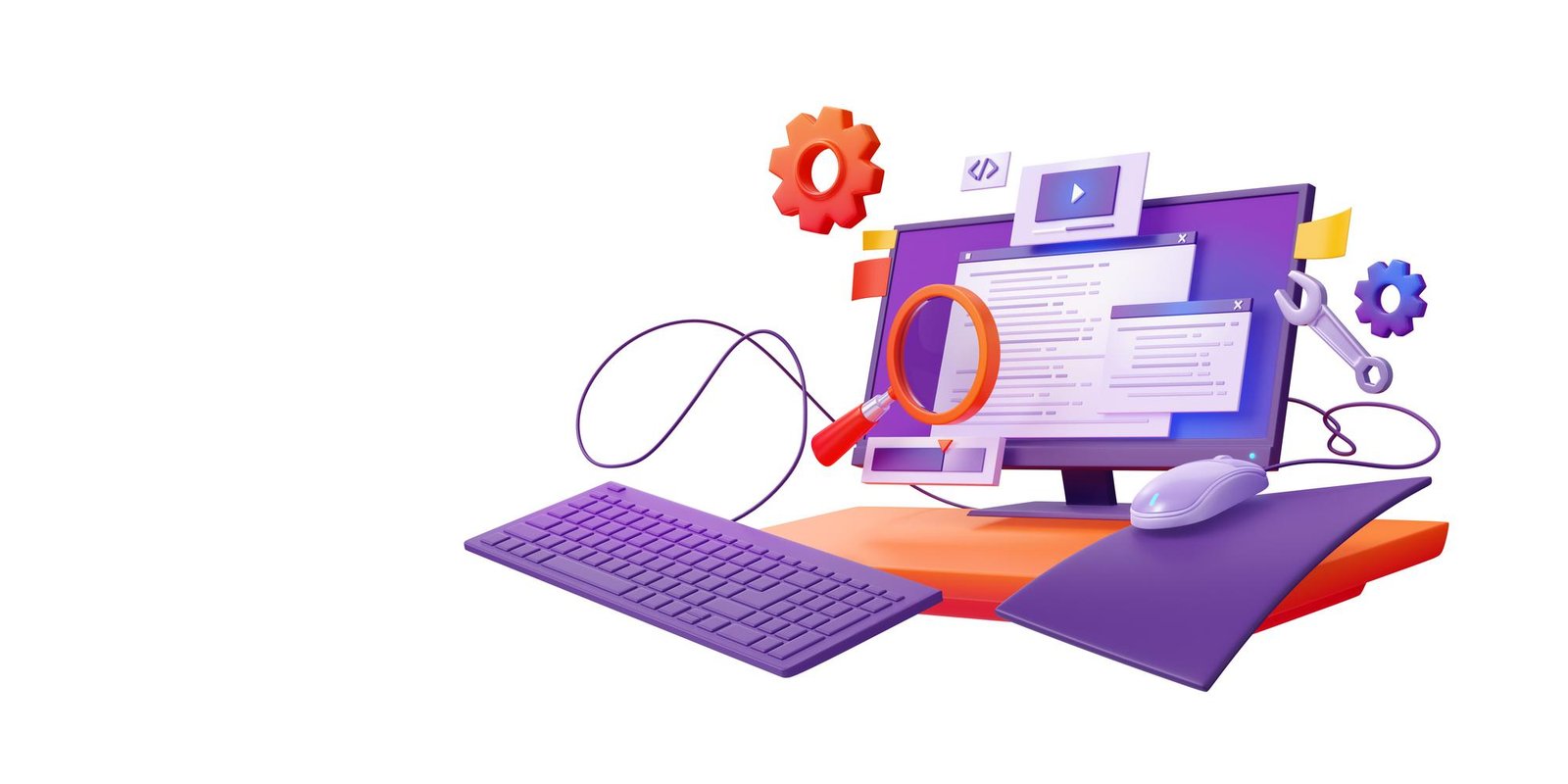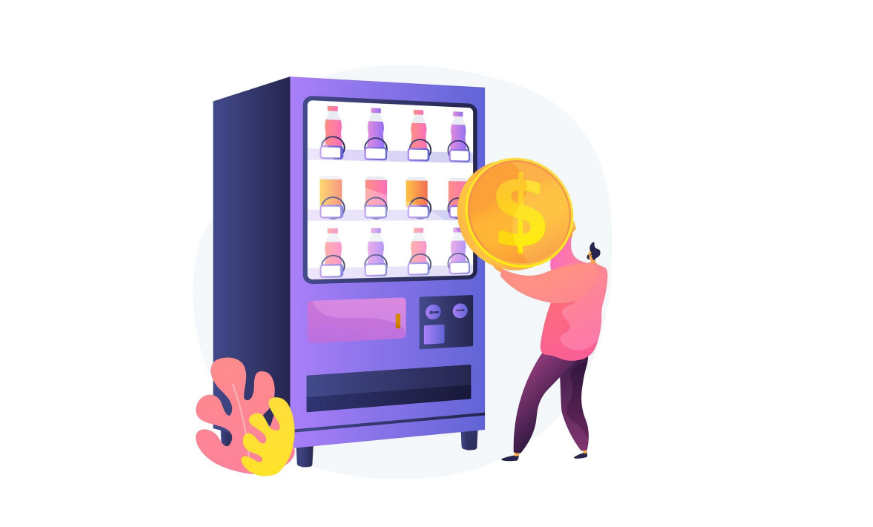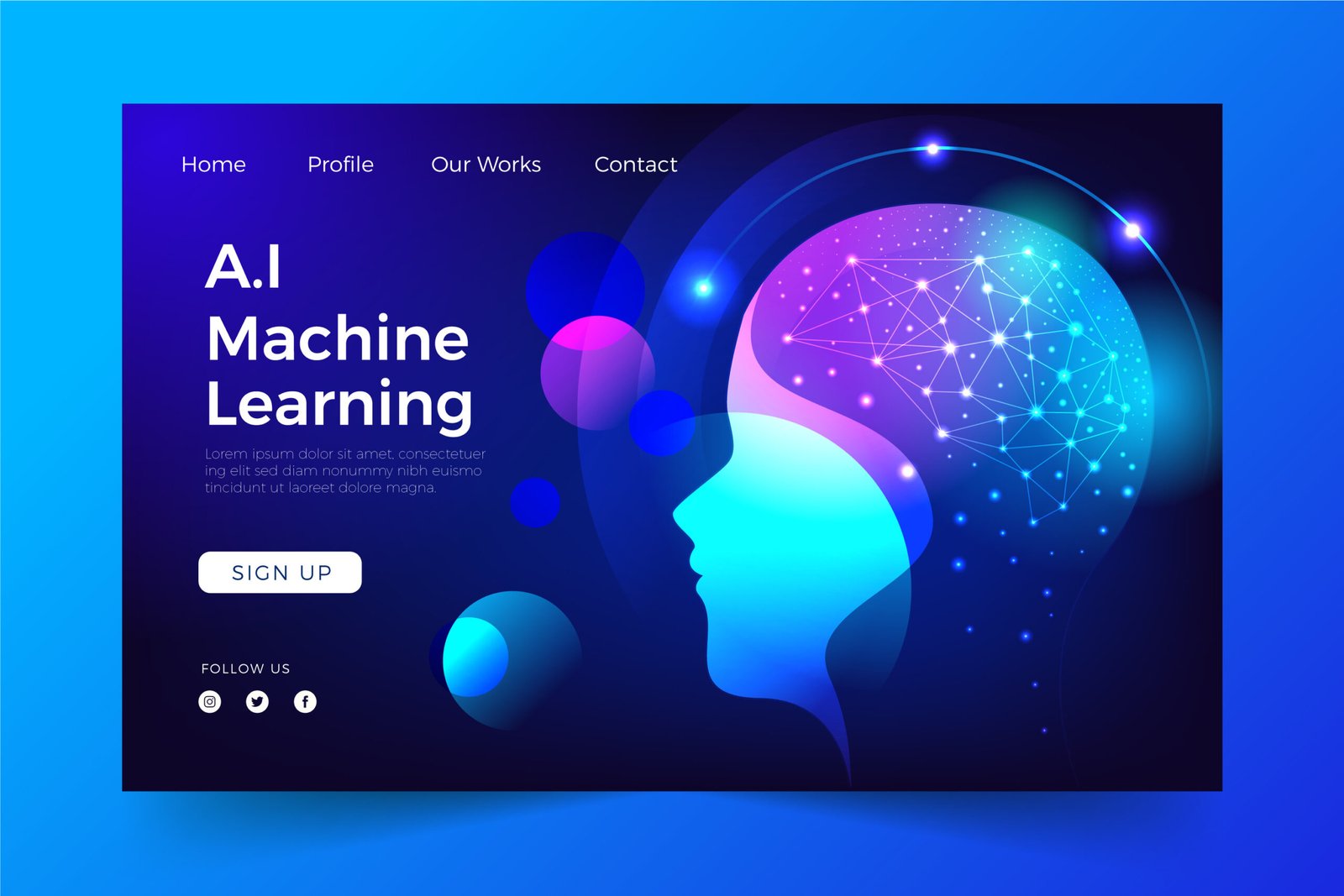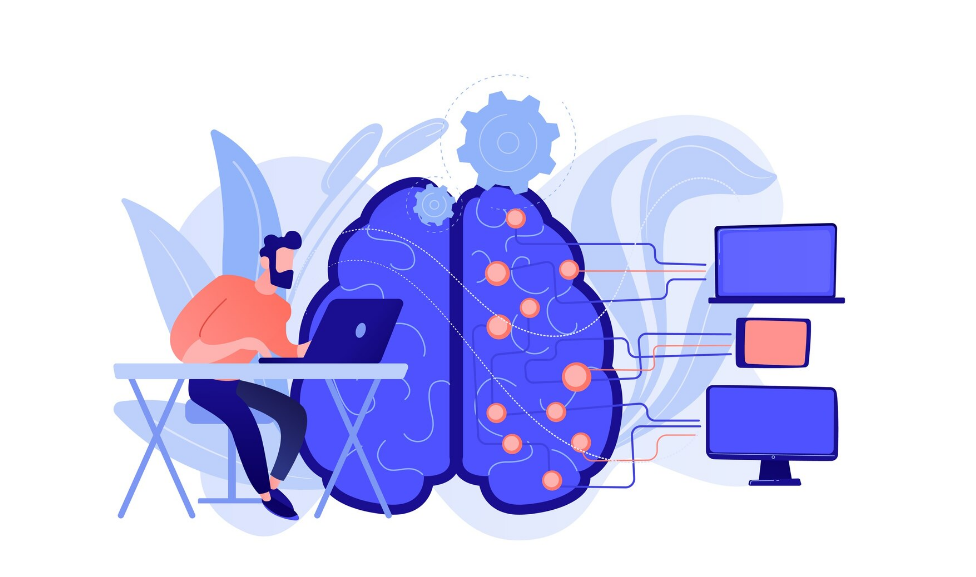Introduction to B2B Software Development
Business-to-Business (B2B) software development is a dynamic and rapidly evolving segment of the technology landscape. It focuses on creating tailored software solutions specifically designed to meet the needs of businesses rather than individual consumers. B2B software plays a fundamental role in enhancing operations, streamlining processes, and enabling effective collaboration within and between organizations. The significance of B2B software development cannot be overstated; it serves as the backbone for various industries, empowering enterprises to improve efficiency and drive growth in an increasingly competitive marketplace.
In recent years, B2B software solutions have witnessed significant advancements, incorporating cutting-edge technologies such as artificial intelligence, machine learning, and cloud computing. These innovations have reshaped the way businesses interact with each other, providing real-time data, automation, and analytics that drive informed decision-making. Companies are now able to leverage software solutions that offer greater flexibility, scalability, and customization, addressing varied needs that arise from diverse industries.
The B2B software development landscape has further evolved in response to shifting market demands. Enterprises are increasingly recognizing the importance of digital transformation, leading to a greater investment in custom software solutions. As businesses seek to improve their operational resilience and adapt to changing consumer preferences, they turn to software providers who can offer innovative and responsive solutions. Additionally, as organizations increasingly focus on collaborative working practices, integrating B2B software with existing systems has become a key priority.
In this blog post, we will explore the emerging trends in B2B software development that are set to shape the business landscape in 2025. These trends will illustrate the transformative role of B2B software, underscoring its significance in fostering efficiency and driving enterprise growth in an interconnected business ecosystem.
Emergence of Artificial Intelligence and Machine Learning
The integration of artificial intelligence (AI) and machine learning (ML) in B2B software development is proving to be one of the most transformative trends in the industry. As businesses strive to enhance operational efficiency and improve customer experiences, AI and ML technologies emerge as vital tools. These advancements enable organizations to analyze vast amounts of data quickly, providing insights that drive better decision-making. Furthermore, they facilitate automation of routine tasks, allowing human resources to focus on strategic operations.
Specific applications of AI in B2B software include predictive analytics, natural language processing, and intelligent automation. Predictive analytics leverages historical data to forecast future trends, thus helping organizations to anticipate customer needs and market demands effectively. Meanwhile, natural language processing enhances interaction with users through chatbots and virtual assistants, streamlining customer service operations. Intelligent automation not only speeds up workflows but also minimizes human error, which can be particularly beneficial in high-stakes environments.
However, the adoption of AI and machine learning does not come without challenges. Companies must navigate issues related to data privacy and security, as the collection and analysis of vast amounts of information raise significant concerns. Additionally, integrating these technologies into existing systems can require substantial investment and expertise. Businesses may face resistance from employees who may be apprehensive about technological changes impacting their roles. To successfully embrace AI and ML, organizations must prioritize proper training, change management, and the establishment of ethical frameworks governing data usage and machine learning algorithms.
In conclusion, the emergence of artificial intelligence and machine learning in B2B software development presents both significant opportunities and challenges. By understanding and addressing these potential hurdles, companies can leverage these technologies effectively to stay competitive in an increasingly digital landscape.
Rise of Low-Code and No-Code Platforms
The emergence of low-code and no-code platforms represents a significant trend in B2B software development, providing organizations with the tools to empower users across various departments. These platforms enable non-technical individuals to design, build, and deploy applications without extensive programming knowledge, effectively democratizing software development. In a business landscape where agility and rapid responses to market changes are crucial, the rise of these platforms can be seen as a response to the growing demand for accessible technology solutions.
Low-code and no-code solutions simplify the development process by utilizing visual development interfaces, drag-and-drop functionalities, and pre-built templates. This approach allows users to create applications tailored to specific needs, streamlining workflows and improving overall operational efficiency. Furthermore, businesses can reduce their dependency on IT departments for every new application, allowing technical teams to focus on more complex projects while non-technical users innovate locally.
As organizations seek to enhance their productivity and drive digital transformation, low-code and no-code platforms are gaining traction. They significantly lower barriers for user engagement in software development, enabling employees from various business units to participate in creating applications that serve their unique needs. This growing trend also aligns with the shift towards collaborative work environments, where cross-functional teams come together to leverage technology for creative problem-solving.
The overall impact of this trend is profound, marking a shift in how organizations approach software development. By adopting low-code and no-code platforms, businesses not only expedite their application development processes but also foster a culture of innovation. As this movement continues into 2025, it stands to reshape the B2B software development landscape, encouraging a more inclusive participation in technological advancement.
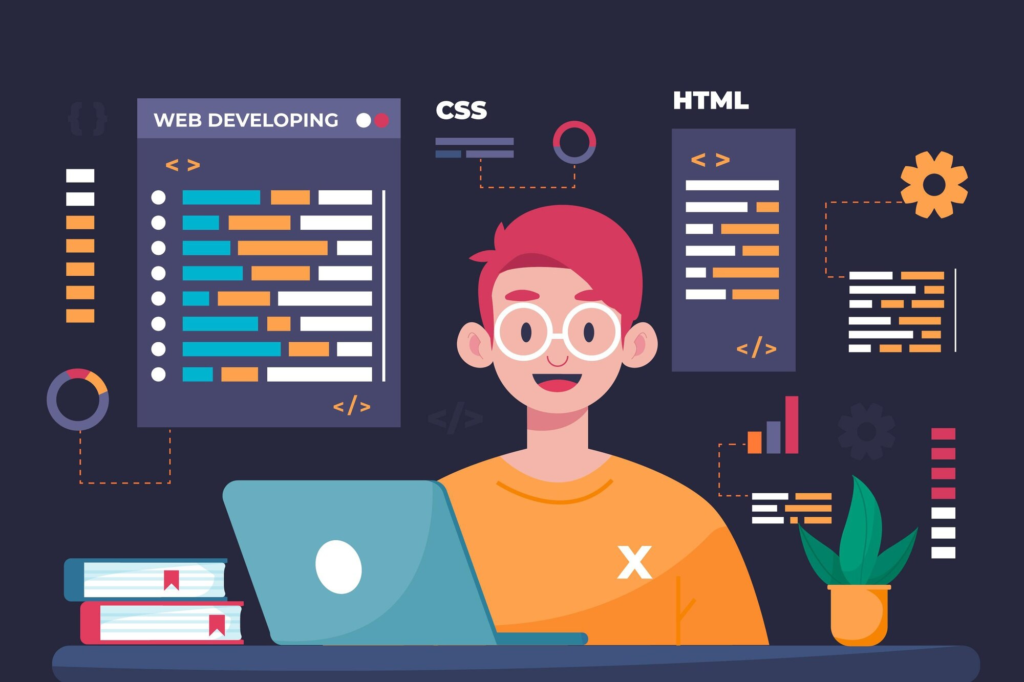
Focus on Cybersecurity and Data Privacy
In the evolving landscape of B2B software development, cybersecurity and data privacy have emerged as paramount concerns. With increasing incidents of data breaches and cyberattacks, organizations are dedicating unprecedented resources to fortifying their digital infrastructures. The implementation of robust cybersecurity measures not only protects sensitive data but also enhances organizational reputation and trust among clients.
A key driver of this elevated focus is the rise of comprehensive regulations surrounding data protection. Legislation such as the General Data Protection Regulation (GDPR) and the California Consumer Privacy Act (CCPA) has mandated that companies adhere to stringent standards regarding data handling. Compliance with these legal frameworks requires businesses to adopt best practices in cybersecurity, encompassing data encryption, access controls, and regular audits. In addition to compliance, many firms are seeking to implement proactive measures to safeguard their systems against potential threats.
Emerging technologies play a significant role in shaping secure software solutions. Artificial Intelligence (AI) and Machine Learning (ML) are increasingly being leveraged to detect anomalies in user behavior and thwart potential security breaches in real-time. Furthermore, the integration of blockchain technology offers a decentralized approach to secure transactions and data storage, enhancing transparency and reducing the risk of tampering or unauthorized access.
Moreover, organizations are prioritizing employee training and awareness programs as part of their cybersecurity strategy. By cultivating a culture of security consciousness among employees, companies can minimize the risk of human error, which is often a significant factor in data breaches. As the B2B software development sector continues to evolve, it is crucial for businesses to remain vigilant and adapt to the ever-changing landscape of cybersecurity threats and data privacy regulations.
Increased Adoption of Cloud-Native Solutions
The landscape of B2B software development is increasingly shifting towards cloud-native solutions, a trend that is expected to gain significant momentum by 2025. Cloud-native applications are designed specifically to leverage the advantages provided by cloud computing frameworks. This architecture allows businesses to deploy services rapidly, scale operations effectively, and ensure flexibility in resource management. As companies face heightened demands for agility and responsiveness, cloud-native solutions offer a strategic advantage, enabling them to pivot and adapt to market changes swiftly.
One of the prime benefits of cloud-native tech is its inherent scalability. Businesses can scale their operations in real-time, accommodating fluctuating workloads without the need for substantial infrastructure investments. This is particularly advantageous for B2B companies that often experience varying demand patterns. By utilizing cloud-native development, enterprises can respond to client needs more effectively, thereby enhancing their service delivery and customer satisfaction.
Furthermore, the cost efficiency associated with cloud-native solutions cannot be overlooked. With a pay-as-you-go model, companies can reduce expenses related to maintaining and upgrading traditional on-premises solutions. The elimination of hefty upfront capital costs makes it easier for businesses, especially small to medium-sized enterprises (SMEs), to access advanced technologies that were previously too expensive. This democratization of technology contributes to fostering innovation across the entire B2B sector.
As the adoption of cloud-native solutions accelerates, traditional on-premises systems face rigorous scrutiny. Organizations are reevaluating their long-term technology strategies, as the agility and responsiveness of cloud-native applications provide a stark contrast to the rigidity often associated with on-premises solutions. Consequently, businesses must consider the implications of this shift on their operational frameworks, as leveraging cloud-native solutions becomes increasingly critical for sustained competitive advantage.
Integration of Blockchain Technology
Blockchain technology is poised to become a transformative force in B2B software development by 2025, with its applications offering unprecedented enhancements in transparency, security, and efficiency across various business transactions and processes. Initially associated with cryptocurrencies, blockchain’s capabilities extend far beyond financial applications, emerging as a vital tool for enterprises looking to streamline operations and bolster trust among stakeholders.
One of the significant advantages of blockchain technology lies in its decentralized nature, which allows for real-time data sharing across multiple parties without the need for a central authority. This feature promotes transparency, as all participants can access the same information, reducing the likelihood of discrepancies and ensuring accountability. B2B applications utilizing blockchain can facilitate better collaboration between companies, leading to improved decision-making and faster resolution of disputes.
Security is another primary benefit of integrating blockchain into B2B software solutions. The cryptographic principles underpinning blockchain create a secure environment for transactions, safeguarding sensitive data from unauthorized access. Smart contracts, a feature of blockchain technology, further enhance security by automating processes and ensuring that all parties adhere to predefined conditions. This automation reduces the risk of fraud, minimizes human error, and accelerates transaction times, which are crucial aspects for businesses striving for operational efficiency.
Furthermore, blockchain can significantly optimize supply chain processes by providing an immutable ledger that tracks the origin, movement, and status of goods. Companies can leverage this feature to better manage inventory, reduce delays, and enhance customer satisfaction through improved visibility. As B2B firms increasingly recognize the potential of blockchain technology, its integration into software development is expected to grow rapidly, offering new ways to enhance business operations and customer engagement.
Personalization and Customer-Centric Solutions
The landscape of B2B software development is evolving, with a significant emphasis on personalization and customer-centric solutions. As businesses increasingly prioritize user experience, the demand for software that caters specifically to individual needs is becoming paramount. Tailored solutions not only enhance user engagement but also drive efficiency and productivity within organizations.
Understanding customer needs is a pivotal element in this shift towards personalization. Companies must invest in research and analytics to gather insights about their target audience’s preferences, pain points, and workflows. This information serves as the foundational framework for developing software that is both functional and intuitive. By aligning development strategies with user expectations, businesses can create applications that resonate with their audience, fostering loyalty and long-term satisfaction.
Moreover, the importance of user experience cannot be overstated. A seamless, personalized experience is essential for ensuring that users find the software not only useful but also enjoyable to navigate. In 2025, we can expect B2B software solutions to integrate advanced features such as AI-driven recommendations, customizable dashboards, and adaptive interfaces that adjust based on user behavior. These innovations will empower users, giving them the flexibility to tailor the software according to their specific requirements, ultimately maximizing its utility.
As more organizations recognize the value of personalized, customer-centric solutions, the competitive landscape in the B2B software market will intensify. Companies that effectively harness data to personalize user experiences will differentiate themselves, fostering deeper relationships with clients and driving increased business success. Consequently, it is imperative for software developers to keep abreast of these trends, ensuring that their products remain relevant and aligned with the evolving needs of their customers.
Sustainability in Software Development

As software development continues to evolve, a significant trend emerging is the prioritization of sustainability within the industry. Organizations are increasingly recognizing the importance of adopting eco-friendly coding practices that minimize environmental impact while delivering efficient and reliable software solutions. This shift towards sustainable software development is not just a passing fad; it is becoming integral to how businesses operate and innovate.
An essential aspect of sustainable software development is the focus on reducing carbon footprints. Developers can contribute to this goal by optimizing code to enhance performance, thereby decreasing the energy consumption of the underlying infrastructure. Writing efficient algorithms and reducing resource-intensive processes are central to achieving these objectives. Additionally, utilizing cloud services that prioritize renewable energy can further diminish the carbon footprint associated with software applications.
Moreover, organizations are increasingly considering sustainability throughout the entire software lifecycle, from conception to deployment and maintenance. This approach entails assessing the environmental impact of software products, particularly in relation to energy use and electronic waste. Companies are encouraged to adopt a circular economy mindset, where they strive to prolong product life cycles and reduce waste through practices like encouraging updates over new implementations and recycling outdated hardware.
The concept of sustainability in software is also fostering collaboration among developers to innovate and share best practices that can benefit the broader community. Open-source initiatives, for instance, allow for collective efforts toward creating energy-efficient software that meets the sustainability goals of various organizations. As more companies recognize the long-term benefits of incorporating sustainability into their software development practices, it is expected that this trend will continue to grow, shaping the future of the industry in profound ways.
Conclusion and Future Outlook
As we look toward the future of B2B software development, it is evident that the landscape will continue to evolve in response to technological advancements and shifting market needs. The trends highlighted throughout this discussion, including increased automation, the rise of AI-driven solutions, and the growing emphasis on cybersecurity, poise significant implications for businesses aiming to maintain a competitive edge.
Automation stands out as a transformative trend, expected to streamline processes and enhance efficiency. By adopting automation tools, organizations can reduce human error and optimize resource allocation, allowing teams to focus on higher-level strategic initiatives. Along with this, AI is set to play a critical role in shaping software capabilities. From predictive analytics that inform decision-making to chatbots improving customer engagement, AI’s influence is undeniable. Businesses ready to integrate AI will not only improve operational efficiency but also deliver superior customer experiences.
Moreover, the emphasis on cybersecurity cannot be overstated. As digital interactions proliferate, so do the associated risks. Companies must invest in robust security measures and compliance strategies that can protect sensitive data and foster customer trust. A commitment to cybersecurity is now synonymous with responsible business practices and will be a determining factor for successful B2B software firms in the future.
The trends outlined here serve as a roadmap for navigating the complexities of the digital landscape. Companies that proactively embrace these developments will be better positioned to adapt to changes, meet customer demands, and ultimately drive growth. Keeping a keen eye on emerging trends and investing in innovative solutions will be imperative for B2B software developers striving for success in 2025 and beyond.

